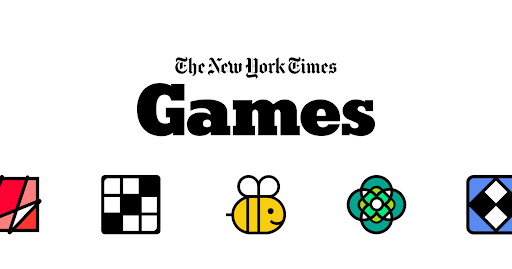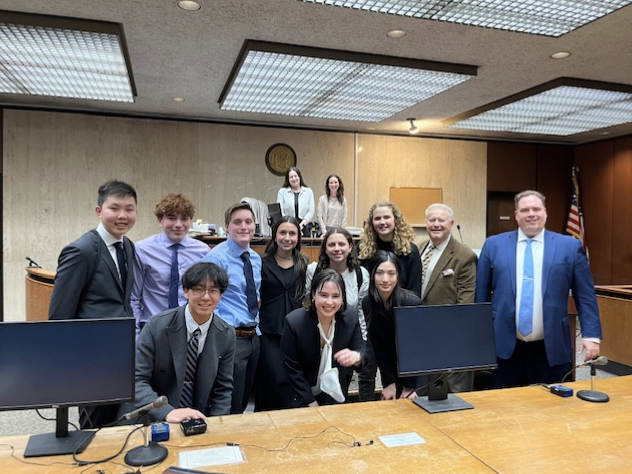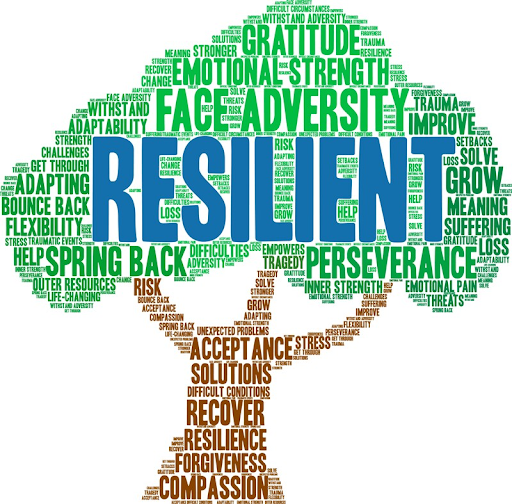Pros and Cons of ChatGPT
March 9, 2023
In recent years, the rise of large language models such as ChatGPT has generated a lot of excitement and controversy. On the one hand, ChatGPT and its ilk offer a level of natural language processing that was previously unheard of, capable of generating coherent and convincing responses to a wide range of questions. On the other hand, the sheer size of these models and their reliance on vast amounts of training data raise important ethical and societal questions. Whether you are a fan or a critic of this technology, it is important to understand its capabilities and limitations as we navigate a rapidly evolving technological landscape (ChatGPT).
It may be surprising that the introduction above was written by the breakthrough artificial intelligence technology Chat GPT rather than by a human author. New advances in artificial intelligence have made machine-generated content appear more human-like, which has led to discussions of banning the futuristic website after a scandal arose where several college students used the software to submit essays for academic audiences. Although the software can be abused like many tools already out there, it does so much and can assist students in generating ideas, provide valuable summaries to supplement their understanding, and act as a resource for professionals in other fields.
The following pros and cons were generated by the software itself, reflecting the variety of tasks that modern AI can tackle based on limited information. I let the software generate a list of reasons, which I expanded on using my own words and ideas.
Pros
1. Efficiency
ChatGPT can provide quick and accurate responses to a large number of queries, making it ideal for use in customer service and other time-sensitive situations (ChatGPT). The tool can parse apart queries to determine what the user is asking, allowing it to quickly find the accompanying information and display it in naturally-sounding text. Compared to the time needed to ask a question on Google, find the answer, and put the necessary components into a response, ChatGPT’s capabilities make the process much more efficient and save time.
2. Natural Language Processing
ChatGPT’s advanced natural language processing capabilities allow it to generate human-like responses that are coherent and convincing (ChatGPT). The responses generated by the software take information stored in its database and put them together in a way that can easily be understood. It can write content geared toward different age levels and writes fluently in over ten languages, including English, Spanish, French, German, and Italian (ChatGPT).
3. Versatility
ChatGPT is capable of responding to a wide range of questions and topics, making it useful in a variety of contexts, from answering FAQs to generating creative writing (ChatGPT). The tool can respond to inputs of many different types to create accurate and helpful responses. It can provide a variety of written responses, including but not limited to conversational writing, essay writing, persuasive writing, and technical writing.
Cons
1. Bias and Fairness
ChatGPT is trained on vast amounts of data sourced from the internet, which can contain biases and unfair representations of certain groups. This training process can lead to biased and insensitive responses from the model (ChatGPT). Since the information the AI has collected may contain bias, the responses it produces may reflect these beliefs and provide inaccurate results. More inclusive and human-verified sources can lead to more accurate responses.
2. Lack of Context
Despite its advanced natural language processing capabilities, ChatGPT lacks the ability to fully understand context and common sense reasoning, leading to nonsensical or irrelevant responses in certain situations (ChatGPT). As ChatGPT is artificial intelligence and not a person, it cannot understand human emotions or detect tone but mimics the tone from sources it has analyzed. However, it is within the realm of possibility that the software will be able to detect emotions in the future, but its current technique of using patterns in text is limited and often unreliable.
3. Dependence on Training Data
ChatGPT’s responses are based on patterns it has learned from the training data it was exposed to. If this data is incomplete, biased, or outdated, the model may generate incorrect or inappropriate responses (ChatGPT). Misinformation in the training data can become ingrained in the content it produces as the software combines fact with fiction that portrays false information in an assertive way. This problem can be addressed by having experts verify the information it has received from different fields, eventually preparing artificial intelligence to determine the validity of future content by itself.
Verdict
Although ChatGPT can be more easily misused than previous innovations, it can be a beneficial resource if used responsibly. Banning a powerful tool like ChatGPT may lead students to attempt to access the software on devices not monitored by their school networks, deepening divides in education as low-income students will not be able to use the tool. As new technological innovations occur, artificial intelligence may eventually appear indistinguishable from content created by people, so students should learn how to use the software to enhance their learning rather than as a shortcut.
While many school districts and universities have banned the tool, a ban will not prevent students from finding workarounds and using the tool. When search engines like Google were first introduced, people found that they could access and download academic work produced by others, but plagiarism detectors were later developed to prevent misuse of a robust network that can retrieve billions of virtual resources. As AI continues to expand and improve, tools to prevent misuse will be developed alongside it to protect the integrity of human creation.
However, ChatGPT may produce misinformation, as “the data cutoff for the ChatGPT model is 2021, meaning that it has been trained on text and language data up until that year” (ChatGPT). ChatGPT can be a valuable tool, but it should be used with caution, and the information it produces should be verified by other sites. Like Wikipedia, the information AI models produce has not been looked over by experts in the field, so it may draw false conclusions from biased sites or other outdated sources.
Schools should consider the pros and cons of the software before banning it. Although the AI tool may seem dangerous, so were computers and cell phones before they were widely understood. Students who use the tool should make sure to double-check any information it provides and cite it when copying content it produces directly. However, a more reliable implementation of the software that students should consider using is its ability to produce ideas. The tool can provide suggestions for areas of focus that can guide a student’s thinking when unsure of where to begin.










































